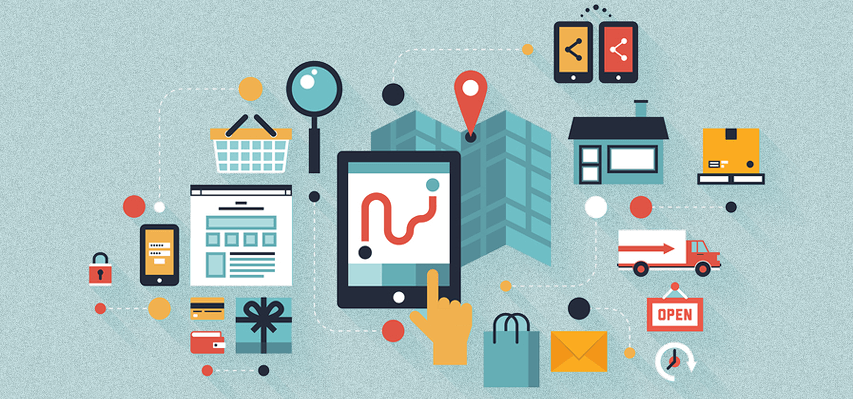As the adage states: the customer is always right. Companies like Zappos, Dillards, and probably even your local “ma-and-pa” grocery store have built their reputations on remarkable customer service. Zappos, for example, stands out from the clutter by encouraging website visitors to call their headquarters with any questions, 24-7. They’ve provided a unique personal touch in an increasingly person-less internet. Companies with attitudes like the Zappos team are rare, yet data shows that customers react positively to their approach. By investing more in customer service, they are able to generate more word-of-mouth referrals and decrease the amount of push advertising.

What does smart technology have to do with anything here? Simply put, many companies are removing the human voice from the equation, and taking advantage of automated, well, everything – including customer service. With this trend, business owners need to ask themselves tough questions about their brand. Is the new technology going to detract loyal customers? How do we stand out? Does the fastest route from A to B always equal great customer service? Are we making a promise we can’t keep?
We’re here to help…now email this generic inbox and read the automated response.
There’s way more to embracing technology in the customer service space than just setting up an automated phone system. Take a look at what some companies are doing to empower their users, increase efficiencies, and improve customer relations at the same time.

Samsung has created a space for customers to go other than a FAQ page or a “contact us” page. Although it’s a simple app for existing customers, the app does a great job of using new technology to help troubleshoot customer issues including videos, webinars, and other online tutorials. The name of the app is Samsung Cares and it certainly would appear that way.
Taking the customer service representative out of the equation can be frustrating for consumers. No one wants to be stuck mining through a website of contact information and forums to figure out how it is that their oven is high broiling on bake. But with the wave of smart appliancesentering homes and sending data about use and consumption back to the manufacturer, the company where you purchase a refrigerator from might know something is wrong well before you even find out. Talk about being proactive!
Companies, like Linkafy, are putting all of these devices on to one platform to communicate easily to the owner. And that information can be used to flag areas of concern. When a freezer temperature drops, when a television changes channels slower than it should, among other issues, this information is fed back to the manufacturer to improve the product – and maybe give you a call before you call them!

Cliché? Perhaps. Important? Absolutely! Mobile is impossible to ignore from a customer service standpoint. The more users can accomplish on those powerful devices in their pocket, the better their experience with your brand or service. To look at some best practices, check out what Nike has done with their Fuel Bands. They’ve created a community of users all synced by their passion for being active. Tracking how much and how intensely you move, the app allows users to fully engage with the brand. Although not directly a customer service platform, the app uses the community to help answer each other’s’ questions and meet goals. Being part of a highly-engaged community is an exponentially more valuable experience than trying to wade through an automated phone system or online fact sheet when there’s a problem. The community aspect not only improves customer service, but builds brand loyalty as well.